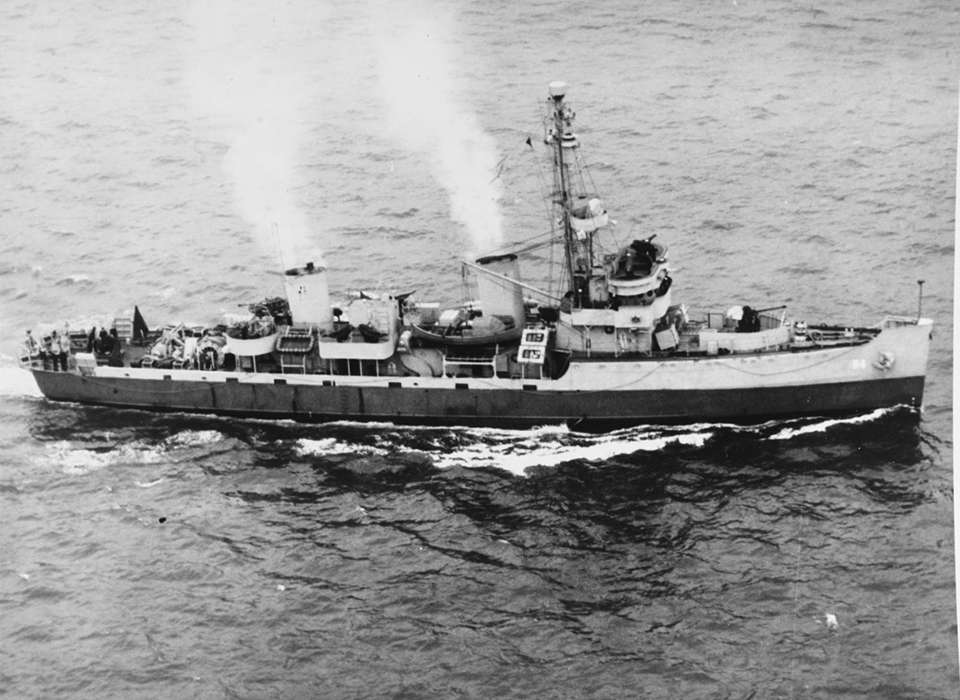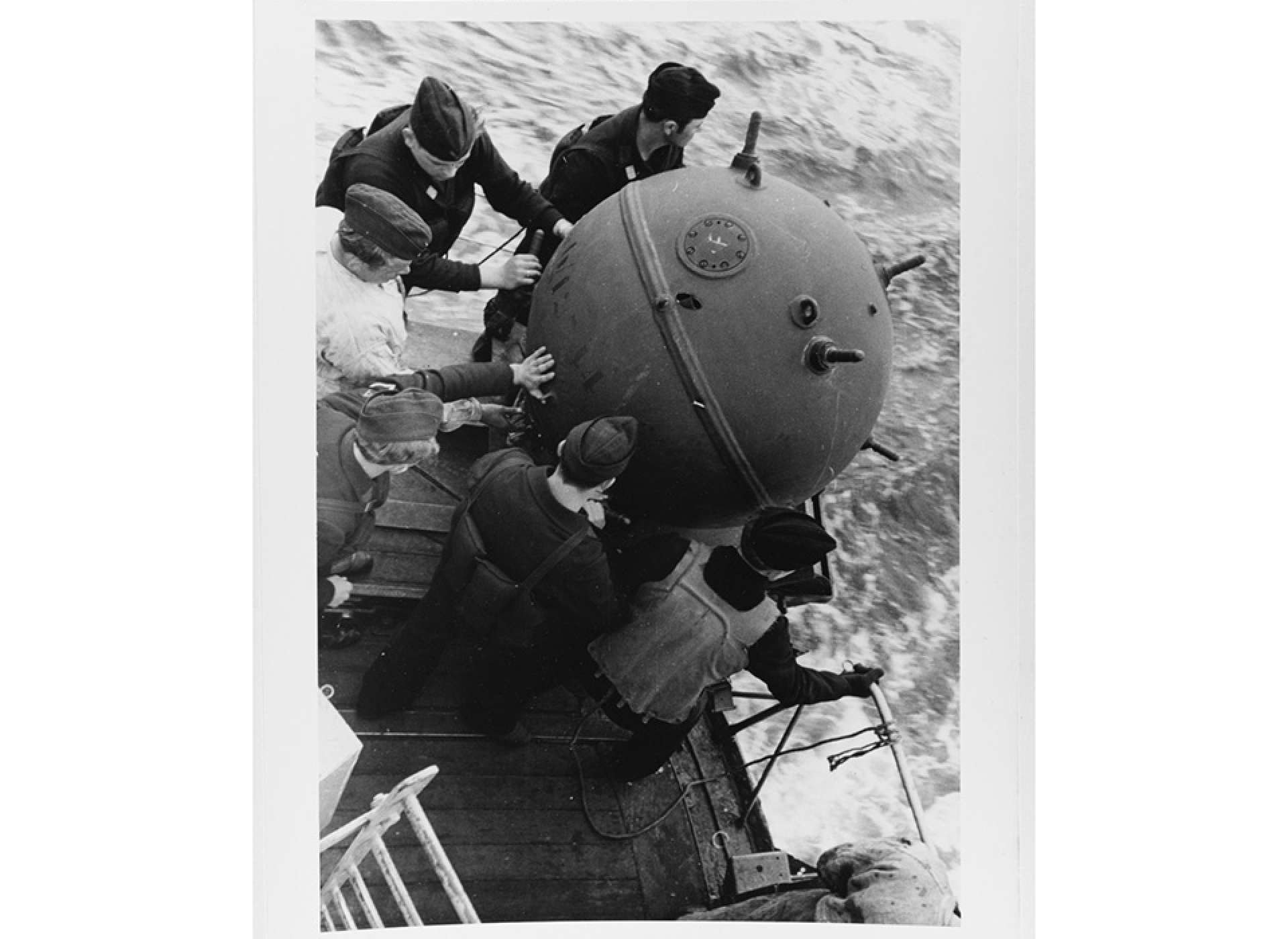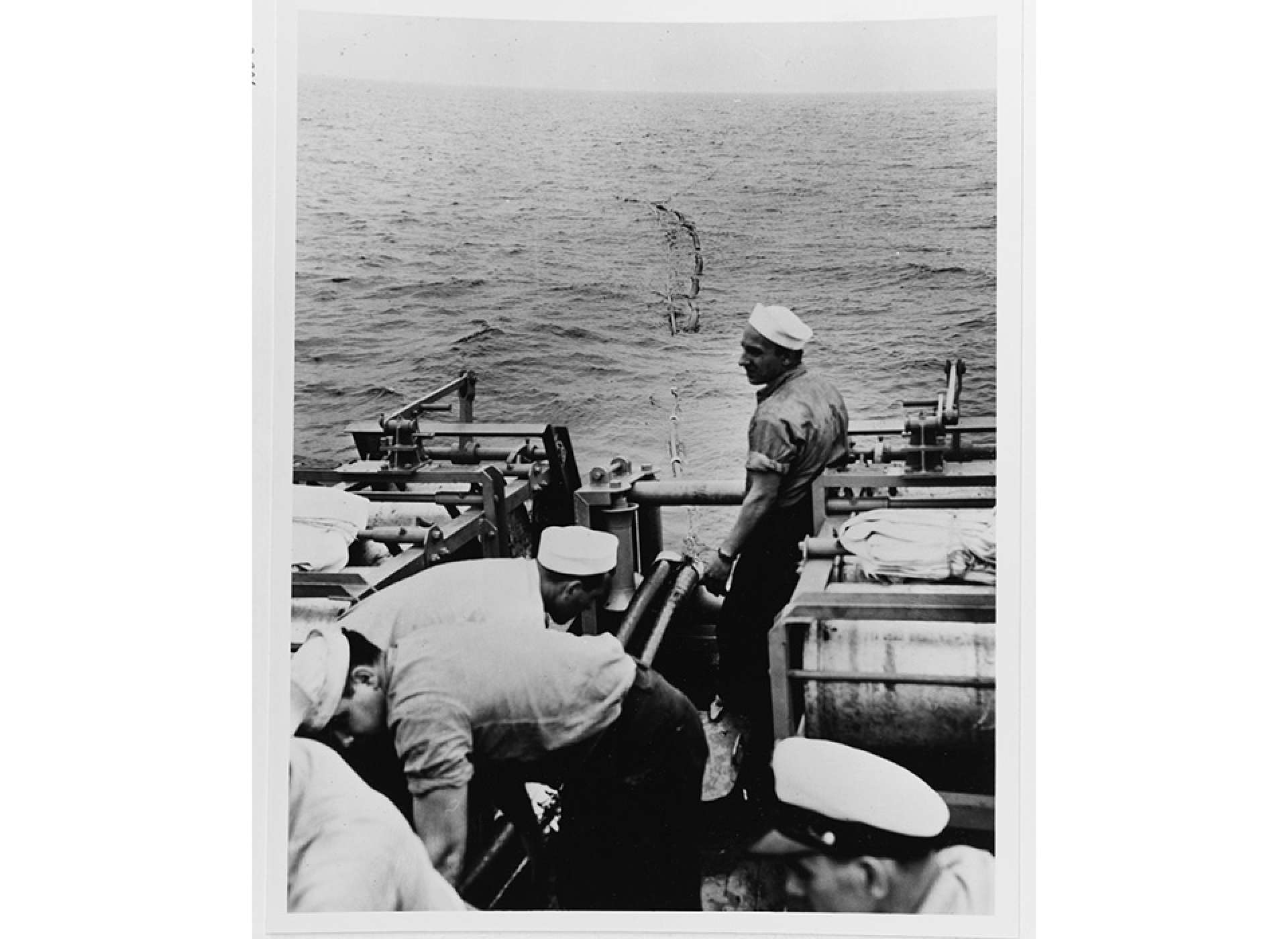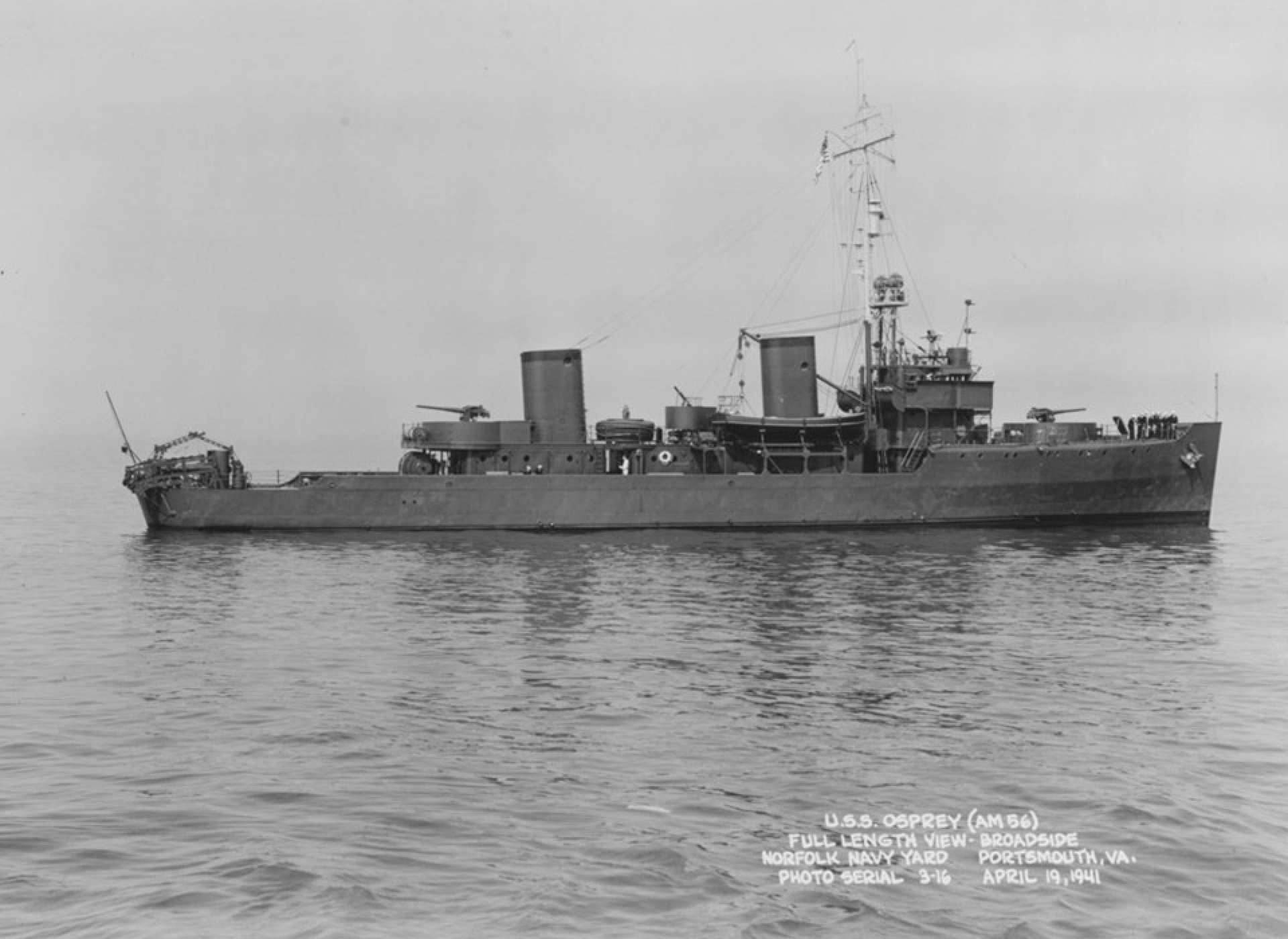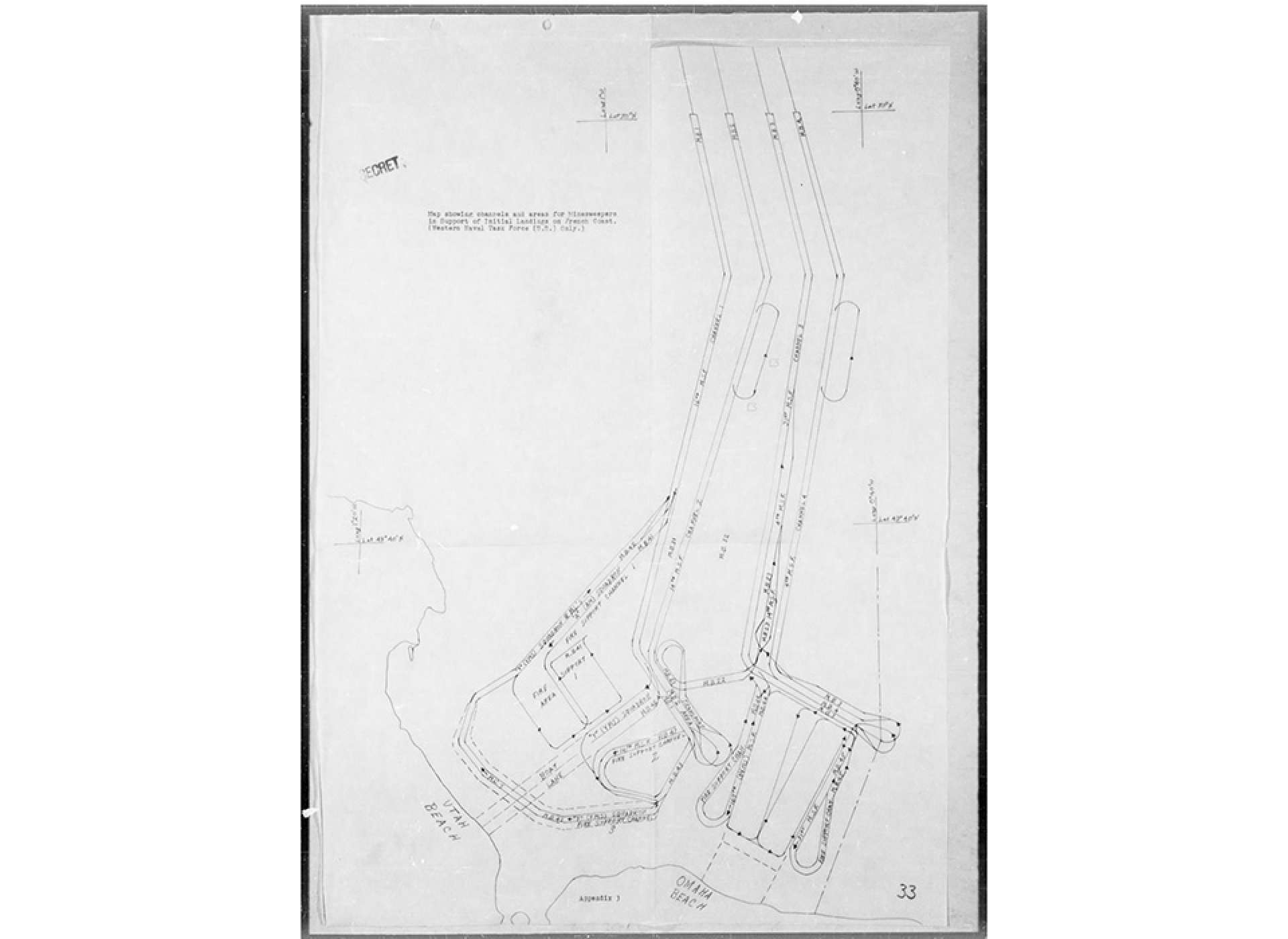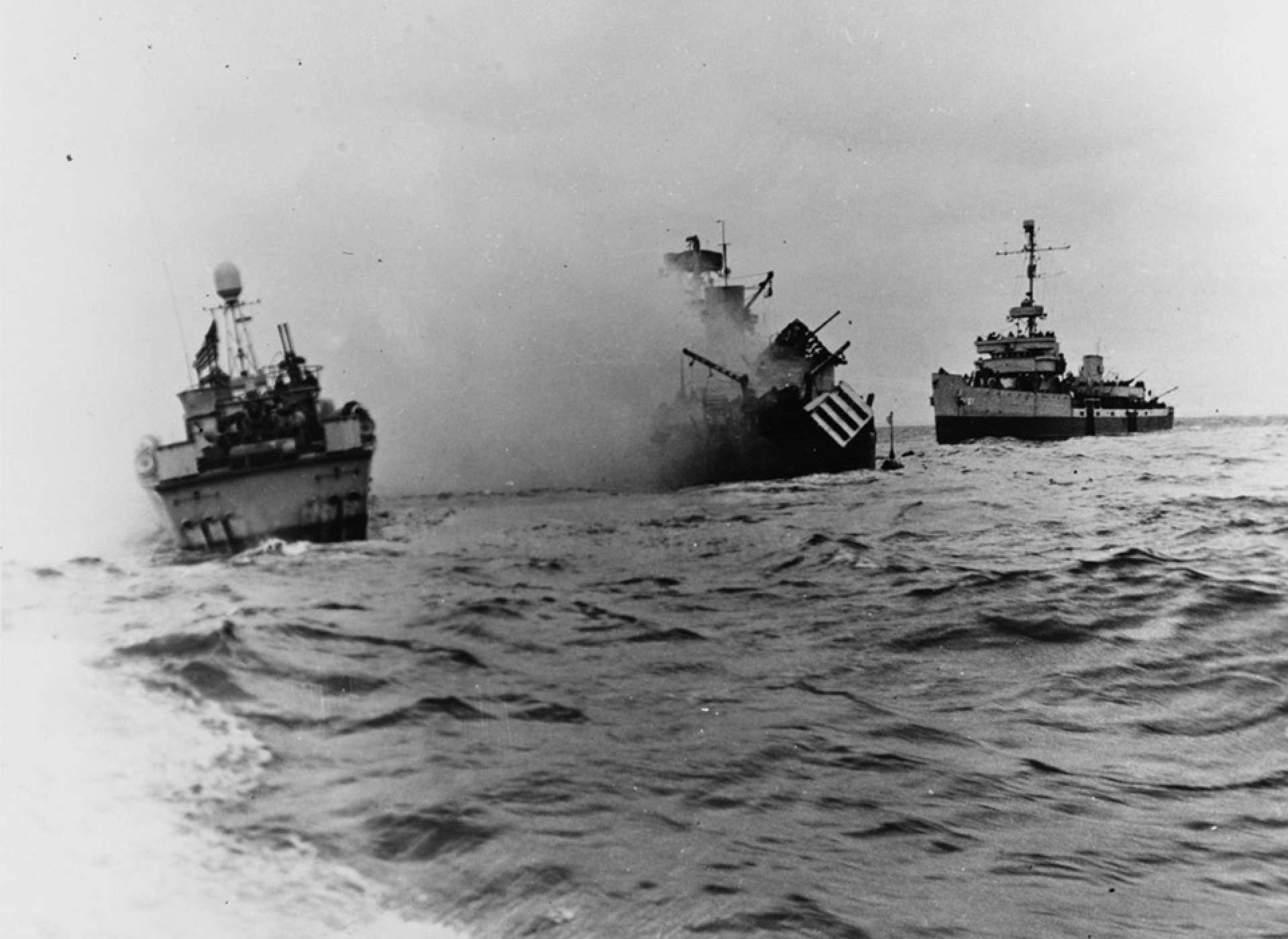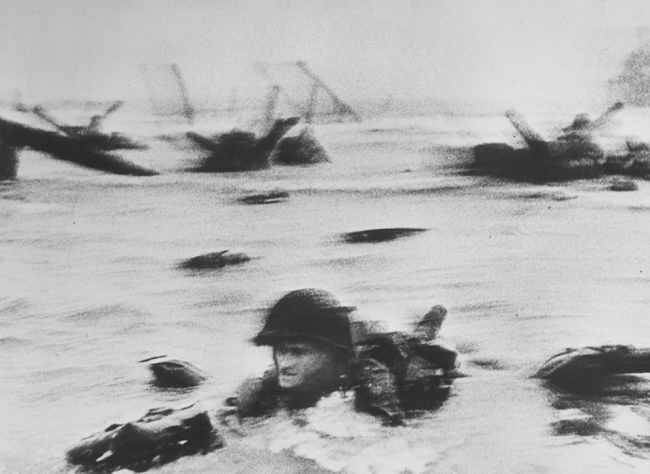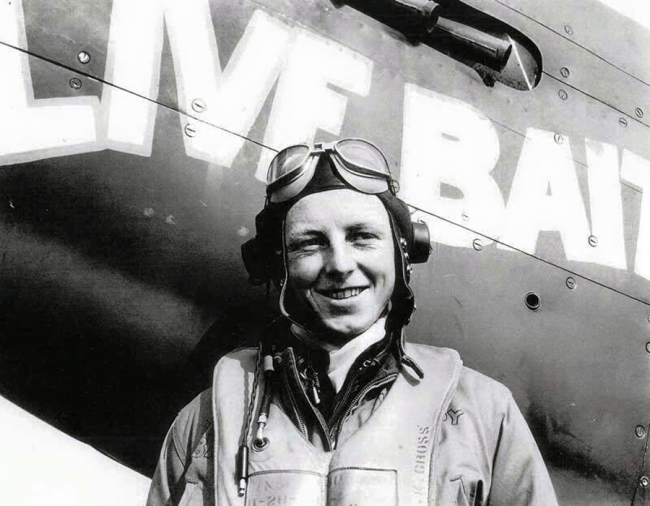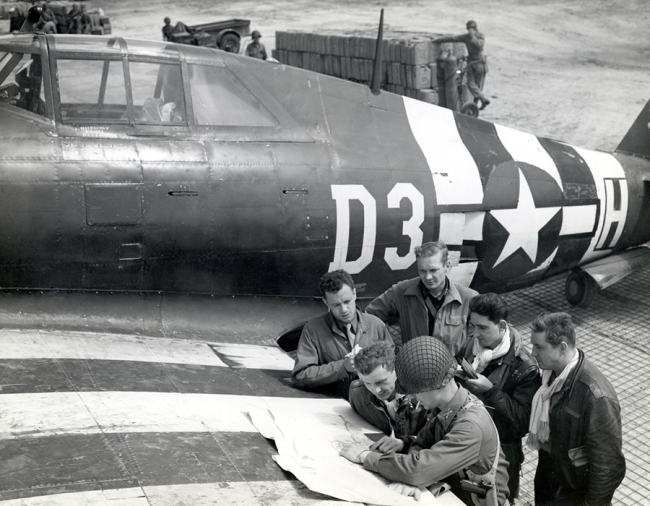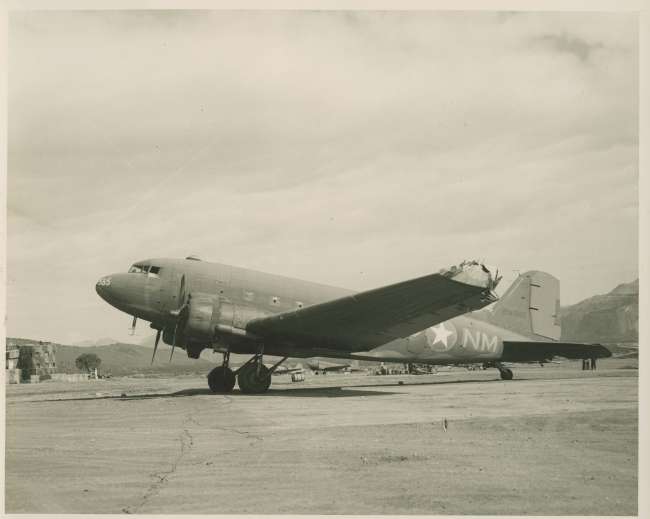Someone always has to be the first: first in line, first to open, first to attain a position or objective. Firsts are everywhere as the required beginning to anything. For military operations, the position of first is more often than not a terrifying honor: first on the beach, first over the top, first into an occupied land. Military firsts run the gambit of experiences from a bloodless surprise move, to stepping off into the jaws of horrific destruction. Especially for offensive operations, the first units to advance almost always encounter some sort of defensive structures. Since the beginning of warfare, defensive structures have been used to slow down or completely dissuade aggressors from attacking. Whether these structures are obstacles, walls, mines, or pillboxes, their existence always complicates the beginning of an operation.
In order to breach a defensive structure, engineers are usually required; however, engineers often need protection of assault troops. In turn, those assault troops are vulnerable to defensive structures that engineers are best capable of eliminating. It is a difficult choice who to send in first, especially when the defenses are the beaches of Normandy, and the first in are the ships of the US and British Royal Navy. For Operation Neptune, the naval landing of troops during Operation Overlord, the first US Navy ships to cross the English Channel and penetrate the defenses were not the battleships of the bombardment force or the landing craft carrying the assault troops, instead, they were the specialized minesweepers of the US and British Royal Navies.
For the US Navy the modern naval mine had its beginnings during the Revolution. American Colonist David Bushnell discovered that black powder contained in a barrel could explode underwater. He was probably not the first person to come to this realization, but he was the first in the colonies to act on it by creating a sea mine. After receiving permission from General George Washington, Bushnell launched an attack on the British Fleet anchored in the Delaware River off Philadelphia, PA, with his newly invented submersible and sea mine. The idea was to attach a wooden barrel filled with gunpowder to the underside of a ship and explode it. Additional ideas included “floating” similar mines in the water where physical contact with a ship would set off the explosive, culminating in the “battle of the kegs” in August 1777. Bushnell’s sea mines were not successful; however, they started a trend in naval warfare that continues to this day.
By the time the United States entered World War II, the naval mine was a terrifying and complex weapon. Naval mines were used defensively and offensively. Mine layers were capable of laying massive underwater minefields to protect coastal trade routes, harbors, or to prevent enemy surface ships and submarines from traveling in certain areas. Offensive mine fields could be laid by aircraft, submarine, or surface craft in areas that were previously considered safe. The counterpoint to a minefield was the minesweeper. As long as mines have existed, so have countermeasures, each locked in a race to out class the other.
Until the interwar years (1918-1939), most mines were moored and activated by contact. These consisted of an anchor, cable, and mine. The entire assembly was dropped to the sea floor where the anchor and length of cable keep the mine at a preset depth. This type of mine rests below the surface, barely visible unless the water is clear and the weather is calm. Through World War I, the best method for sweeping these types of mines was to drag a cable between two ships, cutting the mooring cables and causing the mine to float to the surface where it would be destroyed by gunfire. Seems simple enough, however, this was not what was waiting for the ships of Mine Squadron Seven as they departed southern England on the evening of June 5, 1944.
-

German sailors laying a contact mine off the coast of Norway. Any impact with the barbs, or the casing will cause the mine to explode. These mines are swept by breaking the cable that holds them underwater. Once the mine rises to the surface it is usually sunk by gunfire. Unlike many movies, these mines do not usually explode when hit with a bullet. Instead the bullet will only puncture the casing and cause the mine to sink to the bottom. Courtesy of the Naval History and Heritage Command.
-

US Navy sailors on a YMS, a small minesweeper, trailing LL magnetic minesweeping gear. Magnetic mines were activated by the magnetic field generated by the steel hull of ships. In order to sweep these types of mines a demagnetized minesweeper would trail two long electric cables that created a pulsing magnetic field causing the mine to detonate behind the ship. Courtesy of the Naval History and Heritage Command.
It is difficult to capture the complexity of the Operation Neptune plan in entire books, let alone a short article. The best way to describe the naval plan is—it’s complicated. Allied ships of all types, with all different missions, destinations, and speeds, needed to be coordinated to arrive off the coast of France at precise times. Fast warships could wait, while slow landing craft needed to leave first, but before any ships could leave their home port, the water needed to be swept of mines. By June 1944, thousands of mines had been laid in the English Channel by the Axis and Allies. The British had defensive minefields that protected harbors and coastal shipping routes. The Germans had laid defensive minefields all along the coast of France as well as laying offensive mine fields within British shipping lanes and harbors. Furthermore, these were not just simple contact minefields, these fields consisted of moored mines and bottom mines.
The bottom mines were a mix of magnetic, acoustic, or pressure mines. Some even had ship counters, allowing a predetermined number of ships—including minesweepers—to pass by before detonating. Minesweeping was a battle that was continuously fought, often requiring multiple sweeps, with different types of gear, to make an area “safe.” In order for the assault and bombardment ships to approach the coast of France, the Neptune planners were relying on a force of over 300 minesweepers to clear 10 channels all the way from England to France.
One group of this large minesweeping force was the 10 ships of Mine Squadron 7. Mine Squadron 7 consisted of nine US Navy fleet minesweepers and one British Royal Navy Motor Launch. Their mission was to clear one of the two assault channels and fire support area 1 off Utah Beach. The plan was for the sweeping group to trail overlapping minesweeping gear in echelon. The lead ship, USS Staff (AM-114), would be the very first ship to travel through the last 12 miles of the assault channels with the other sweepers guiding off its left side. For protection, each ship would overlap the previous ship’s sweeping gear by 100 yards allowing them to sweep from safe water. Two minesweepers were dedicated layers of dan buoys, lighted floats that marked the edges of the swept channel. If a floating mine was located and brought to the surface, a British Royal Navy Motor Launch, ML-116, was attached to the group to sink them with gunfire.
Beginning at approximately 0630 June 5, 1944, the ships of Mine Squadron 7, called Squadron “A,” departed English ports to begin sweeping operations. Disaster struck at 1755 on June 5, when the group was attempting to pass the slow Utah Beach assault convoy. USS Osprey (AM-56) departed the swept channel and struck a mine, immediately exploding and catching fire. USS Chickadee (AM-59) moved to rescue the survivors while the remaining sweepers closed ranks and pushed on. At approximately 2300 the sweepers of Squadron “A” were turning into the fire support area for Utah Beach, six miles off the beach and well within range of the shore batteries. During this most dangerous part of the sweep the crews of the minesweepers watched as anti-aircraft fire rose up to greet the transport aircraft dropping paratroopers of the 82nd and 101st Airborne Divisions.
After sweeping the fire support areas, the ships moved to sweep as much of the transport anchorages as they could before they filled up with landing craft. Around 0330 on June 6, Squadron “A” had completed the assault mission and was watching the bombardment ships file into the fire support area. Their first mission accomplished, they anchored in a defensive line, called the Mason line, on the western edge of the Utah assault area to protect against small German surface craft based out of Cherbourg. Unlike many of the ships involved in Operation Neptune, the minesweepers’ job was not over after June 6. Over the next two months, these minesweepers were constantly checking and rechecking areas. By the end of the campaign, over 800 mines had been swept from the Bay of Scene off the Normandy beaches.
-

1941 photo of the newly completed USS Osprey (AM-56). Osprey was the first naval vessel sunk in Operation Neptune when it struck a mine during sweeping operations on the night of June 5, 1944, with the loss of six sailors. Courtesy of the Naval History and Heritage Command.
-

Map showing the assault channels and fire support areas swept in advance of the landings on Omaha and Utah Beach. These were just the areas that required immediate sweeping in the hours before the bombardment ships and troop transports arrived. As soon as the landings began mine sweepers re-rechecked these areas and over the next few weeks swept the entire Bay of Scene. Courtesy of the National Archives.
-

USS Tide (AM-125) sinking after striking a mine off Utah Beach on June 7, 1944. PT-509 and USS Pheasant (AM-61) are seen moving in to rescue survivors. In the days after the invasion as more ships arrived the extent of the German mining became more evident as losses mounted. Courtesy of the Naval History and Heritage Command.
Cracking the defenses of the Atlantic Wall had to begin with safe passage to the coast of France. This would not have been possible without the often-overlooked minesweeping force. The nature of their mission meant they had to be the first to go in, but also the nature of minesweeping did not guarantee they would completely clear a path in one go. Losses to mines were expected, and happened. Over a dozen landing craft, two destroyers, a destroyer escort, two troop ships, and three minesweepers of Mine Squadron 7, were lost to naval mines in the western beaches on June 6 and the days following. Many of these losses were the result of new and difficult to sweep German pressure mines. However, without the work of the minesweepers these losses could have started off the coast of England and not France.
Joshua Schick
Cite this article:
MLA Citation:
APA Citation:
Chicago Style Citation:
